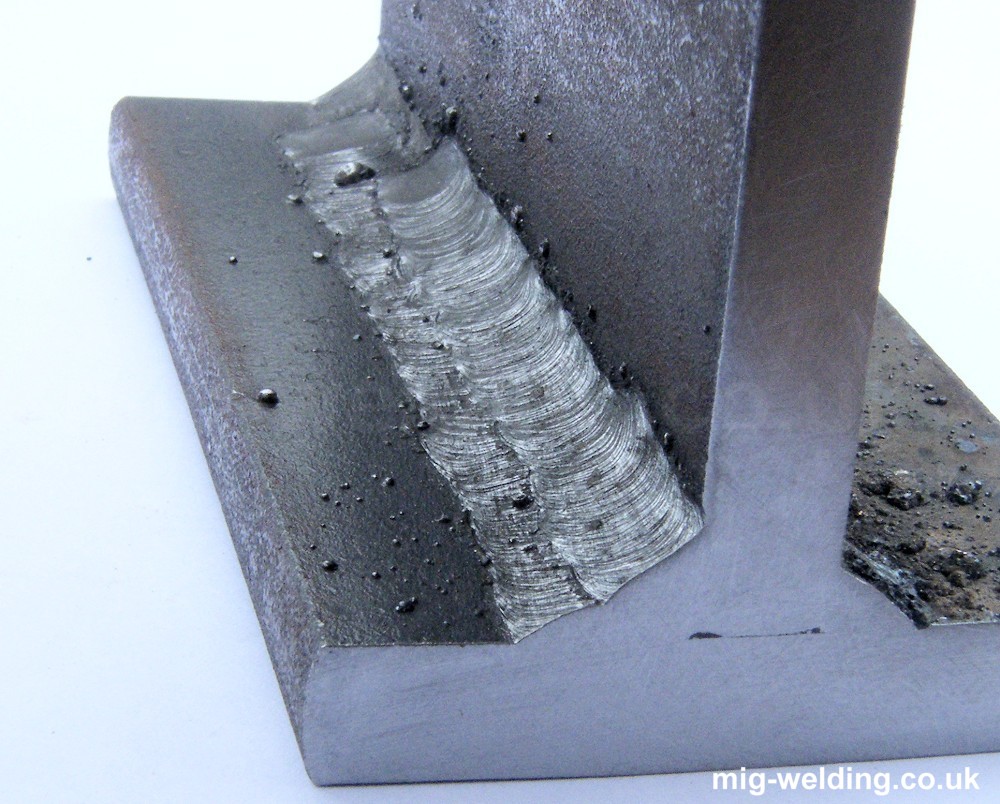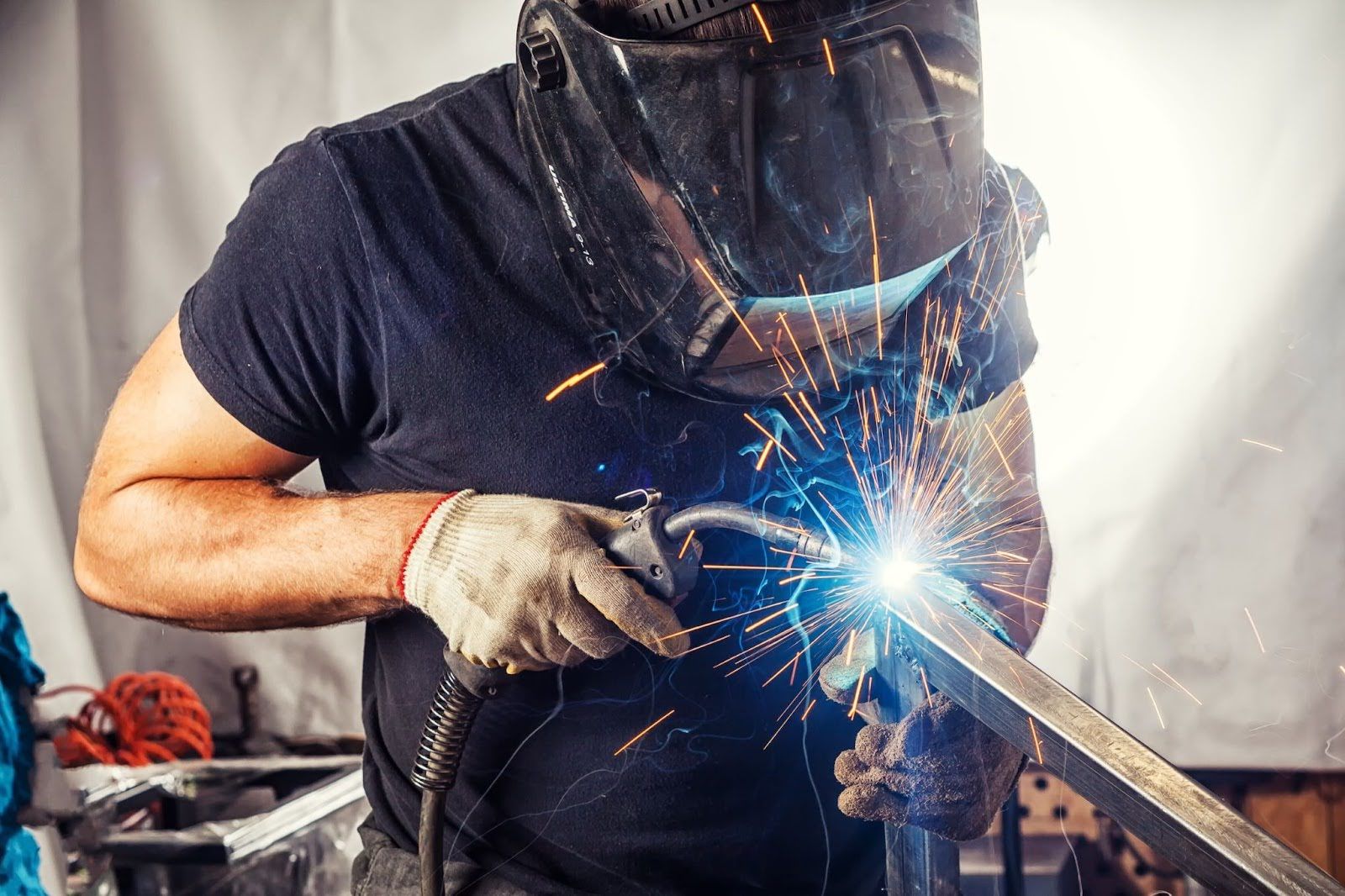Your Full Handbook to Preventing Weld Undercut Like a Pro
Your Full Handbook to Preventing Weld Undercut Like a Pro
Blog Article
Recognizing the Causes and Solutions for Undercut Welding in Steel Construction Procedures
In the realm of steel construction procedures, the event of undercut welding poses a significant challenge that demands an extensive understanding of its causes and viable solutions. The elaborate interaction of different elements throughout welding procedures can cause this undesirable phenomenon, impacting the structural integrity and overall quality of the welded joints - Preventing weld undercut. By dissecting the root triggers of undercut welding and discovering efficient restorative procedures, makers can elevate the standard of their handiwork and make sure the manufacturing of perfect steel components
Usual Root Causes Of Undercut Welding
Frequently forgotten in metal construction, undercut welding takes place because of different aspects that require thorough focus and know-how to be effectively mitigated. One common source of undercut welding is extreme heat input. When the warmth input is too expensive, it can result in the melting and succeeding disintegration of the base product along the edges of the weld joint, creating a groove or undercut. Furthermore, inappropriate welding methods, such as utilizing the incorrect welding angle or take a trip rate, can likewise add to damage formation. Insufficient protecting gas protection is one more key variable that can lead to damaging. Not enough gas coverage falls short to safeguard the weld swimming pool properly, leading to oxidation and undercut defects. The choice of welding criteria, such as voltage, existing, and cable feed rate, plays a significant function in the occurrence of undercut welding. Comprehending these usual reasons is vital for carrying out preventative actions and ensuring high-quality welds in steel manufacture procedures.
Effect of Incorrect Welding Parameters
Inaccurate welding specifications can substantially endanger the integrity and quality of bonded joints in steel fabrication processes. The impact of inaccurate welding criteria manifests in numerous methods, leading to architectural weak points and problems in the bonded parts. Precise attention to welding parameters is paramount to ensure the production of top quality welds with the desired mechanical buildings and structural stability.
Impact of Improper Lantern Angle
Incorrect torch angle in welding procedures can considerably impact the quality and honesty of the final weld joints in metal construction procedures. The lantern angle plays a critical function in identifying the warmth input and circulation throughout welding. When the lantern angle is wrong, problems such as undercutting can arise. Undercutting is a typical welding problem where a groove creates along the weld toe, compromising the joint and endangering its architectural integrity.
A lantern angle that is also high can cause insufficient infiltration, insufficient fusion, and boosted spatter. On the various other hand, a torch angle that is also superficial can lead to excessive penetration, burn-through, and distortion of the base product. Preventing weld undercut. Appropriate torch angle is essential for making sure consistent weld top quality, strength, and appearance
To protect against damaging and other defects brought on by incorrect torch angles, welders must be educated to maintain the appropriate torch angle throughout the welding process. Routine monitoring and modification of torch angles throughout welding can help accomplish audio welds with marginal defects.
Function of Inadequate Welding Techniques

Another aspect of poor welding techniques is inappropriate weld prep work. Insufficient cleansing of the base steels, inaccurate joint layout, or insufficient edge preparation can all add to damage welding. In addition, poor protecting gas protection or using the wrong kind of gas can lead to insufficient fusion and the development of undercut flaws.
To attend to the function of inadequate welding strategies in steel construction processes, it is important to offer detailed training for welders. Appropriate education and learning on welding specifications, joint prep work, and protecting gas choice can help avoid undercut welding and make sure high-quality welds in metal fabrication jobs.
Reliable Solutions for Undercut Welding
Resolving undercut welding in metal construction calls for applying effective solutions to improve weld high quality and architectural honesty. Among the key remedies to combat undercut is to adjust welding parameters such as voltage, existing, and travel rate to make certain appropriate heat input and combination. By fine-tuning these setups, welders can protect against go right here extreme melting of the base steel and filler material, lowering the probability of undercut formation.
In addition, correct joint preparation is critical in YOURURL.com preventing undercut. Making certain clean base metal surface areas without impurities and making use of the proper bevel angle can assist advertise much better weld penetration and minimize the threat of undercut - Preventing weld undercut. Employing suitable welding methods, such as oscillating the lantern or weaving, can also help in dispersing warm evenly and filling up the weld joint appropriately, reducing the opportunity of undercut problems
Moreover, selecting the right welding consumables, including electrodes and filler metals, is essential in mitigating undercut. Utilizing materials with suitable chemical structures and mechanical residential properties can add to accomplishing sound welds with very little undercut. Routine evaluation and quality assurance steps ought to likewise be applied to discover and resolve undercut issues immediately, guaranteeing the total integrity of made metal parts.

Final Thought
In final thought, comprehending the causes and remedies for undercut welding in steel fabrication processes is essential for achieving premium welds. By resolving typical reasons such as incorrect welding parameters, inappropriate lantern angle, and inadequate welding techniques, welders can prevent damaging and guarantee strong, sturdy welds. It is important to pay interest to these elements and implement effective solutions to enhance the overall welding procedure and last product high quality.

Report this page